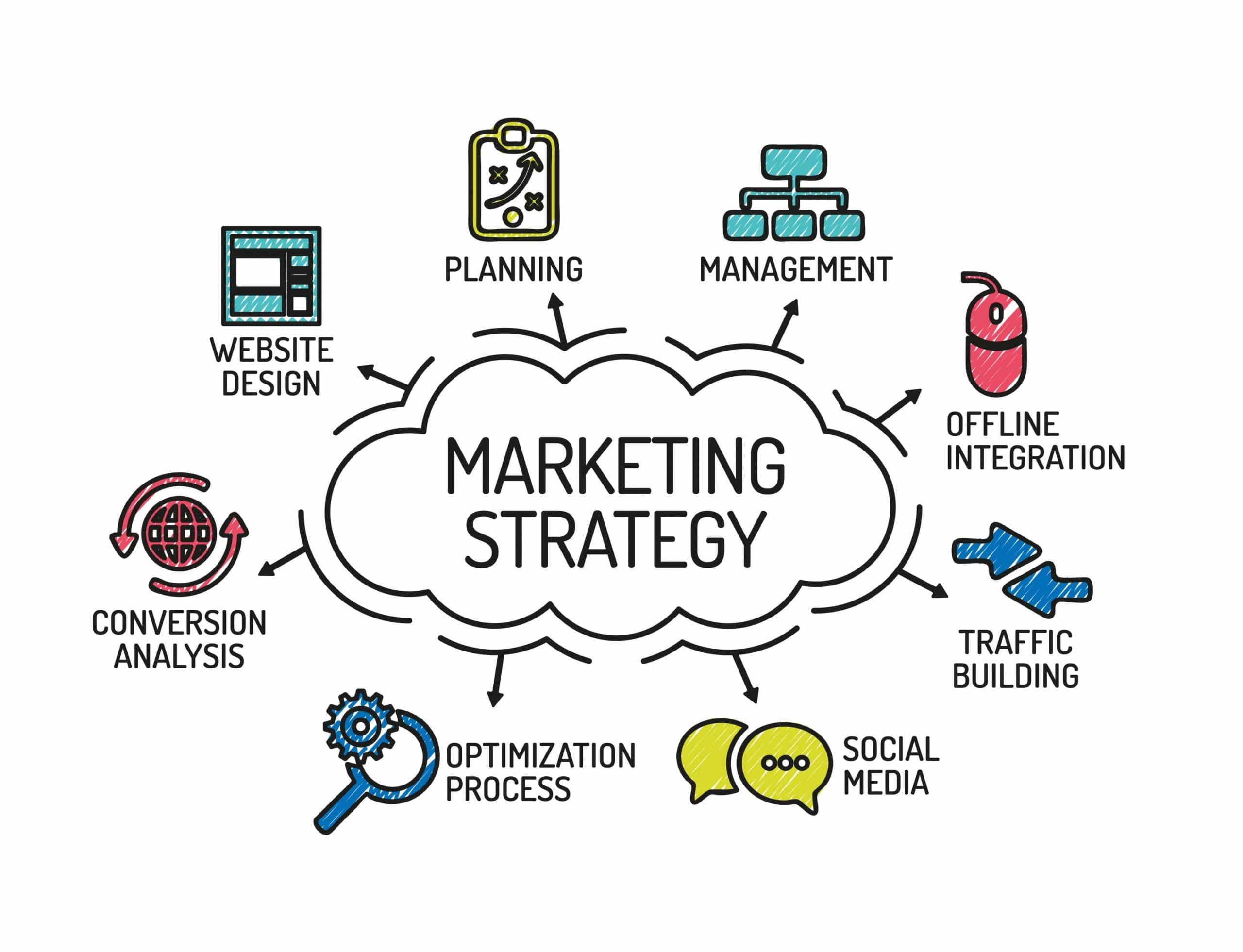Everyone has something to say on the subject of what makes an e-commerce business a success. Most of these thoughts are inspired by successes, however extra frequently than not, and they apply to absolutely everyone. In truth, in some cases, developing your approach based totally on what made some other corporation successful may be your biggest mistake.

The following 3 misconceptions come up time and time once more from customers while running on their digital strategy, so I’d like to interrupt them down once and for all.
1. You have a high-quality product that all of us can use, so you need to target us.
Even in case you truly get 1% of the marketplace, you have made it, proper? Wrong! One of the maximum common errors corporations make whilst beginning out is not thinking about their audience — the individuals who are most likely to shop for their product. Knowing your target audience lly expertise what drives their shopper choices is considered one of the largest opportunities to benefit from a competitive edge.
I later spoke with a company that makes these splendid child swimming pool floats. “They’re so right that everybody will need one,” they stated. Let’s do not forget this: Would a person without a pool purchase a child’s pool glide? Probably not. How approximately a person who has no kids? Doubtful.
Who could virtually purchase a product like this? The child isn’t going to be your target audience, but the mother, the dad, or the grandparents may be. Now, that’s a niche you could paintings on. Keep that in mind when you marketplace. Be precise.
YOU MAY ALSO LIKE
To put it genuinely, you want to create a purchaser persona so that you can develop content material and messaging that appeals specifically to your purchaser. Creating a client personality takes time and study, but it can make or ruin a logo, especially online, wherein it is super clean to keep around. Understand why humans buy their products. Talk to your crew approximately who they interact with the most and what those human beings tell them.
You’ll need to cover the primary demographics of your client. Establish such things as:
• Goals
• Motivation
• Shopping behavior
• Where they go for statistics and evaluations
Above all, keep asking “why.” That way, you can construct a complete image of the individual that needs to shop for your product. It’s better to be fantastically relevant to a smaller audience than quite relevant to a much broader one. It facilitates you to stand out.
2. Pricing is the No. 1 factor taken into consideration whilst making a buy.
Wrong again. While it’s genuine that money makes the sector cross around, hit manufacturers promote an experience, a feeling. Take me, for example. I try to watch my weight; however, I deal with myself to some ice cream once in a while. This doesn’t manifest often, so whilst it does, I buy the first-class ice cream I can locate.
Last time, I ended up shopping for one that becomes in a clear bathtub, and it simply seemed so indulgent — at double the charge of the prevalent ice cream and 50% extra than the branded ones. But I needed to have it. I bet you have got finished something comparable. Researchers have stated that 95% of buying selections are subconscious — the rate isn’t as vital as you might imagine, in maximum cases.
You see, absolutely everyone has distinct motives for buying. If you recall the psychology of purchases, research shows that a client’s emotional response to an advert has a more impact on their motive to buy a product than the ad’s actual content material. This way, it’s essential to think about the “why” behind the purchase. Things like:
• Convenience
• Social cause
• Indulgence
• Prestige
• Name popularity
Of route, there are exceptions to the rule. If you manage to face out because your brand or product is specific, then pricing 10%, 20%, or in a few instances, even 100% extra than the opposition (like the ice cream) won’t make a large distinction. What’s important is to discover the key drivers at the back of your patron’s purchases, and the rate is typically not on the top of the list.
3. This employer inside the same enterprise is crushing it, so I must observe their lead.
When you attempt to replica what a really robust player is doing, you are making two mistakes. First, you assume that you have the same precise cost proposition (UVP) and/or target market. Second, you’re assuming that you’re even able to copy them. You should not.
That’s not to say that you shouldn’t recall what they’re doing, but the large manufacturers are beforehand of you due to the fact they figured it out already. For that equal cause, they have the budget, target market, and attain to ensure things work. You do not.
Instead, recognition to your precise selling point — what makes your e-commerce logo stand proud of the gang. Find something you have that no one else does. Start asking yourself questions like:
• Does my emblem stand for a motive or a motion that resonates?
• What is the story of the person who founded the organization?
• What features do the goods have that lead them to stand out?
• How does our product make humans feel?
Please make a list, and make sure your audience cares about the gadgets you put on it. I’m 6′ 7″, from Greece, and I’m Jewish, so I’m, without a doubt, unique! But does my audience care approximately any of that? Not one bit. They work with me due to my effects, revel in our portfolio of successful internet initiatives.
Your UVP needs to be unique, but it also wishes to have the fee on your purchaser. I call this your “Unicorn Principle.” Anything out of your listing that some other emblem uses or that isn’t of value need to be crossed out. The component that stays is your Unicorn Principle. The only aspect that makes you, your logo, and your product precise and that your audience cares about.
Once you discover it, if you use it consistently across the board with your advertising and marketing, then you’ll be on your way towards creating a ton of income. That’s the way you weigh down it.







